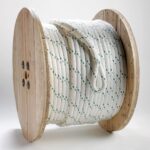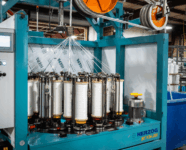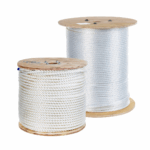Product Feature: Manila Rope
Manila rope has been a trusted solution for decades across construction, marine, industrial, and decorative applications. Known for its strength, durability, and reliability, it remains one of the most widely used natural fiber ropes available today.
At Erin Rope Corporation, we supply high-quality, industry-standard manila rope designed to meet the demands of professional and commercial use. Here’s what you need to know about its composition, properties, and best use cases.
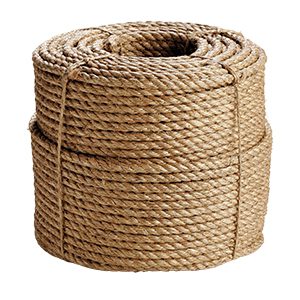
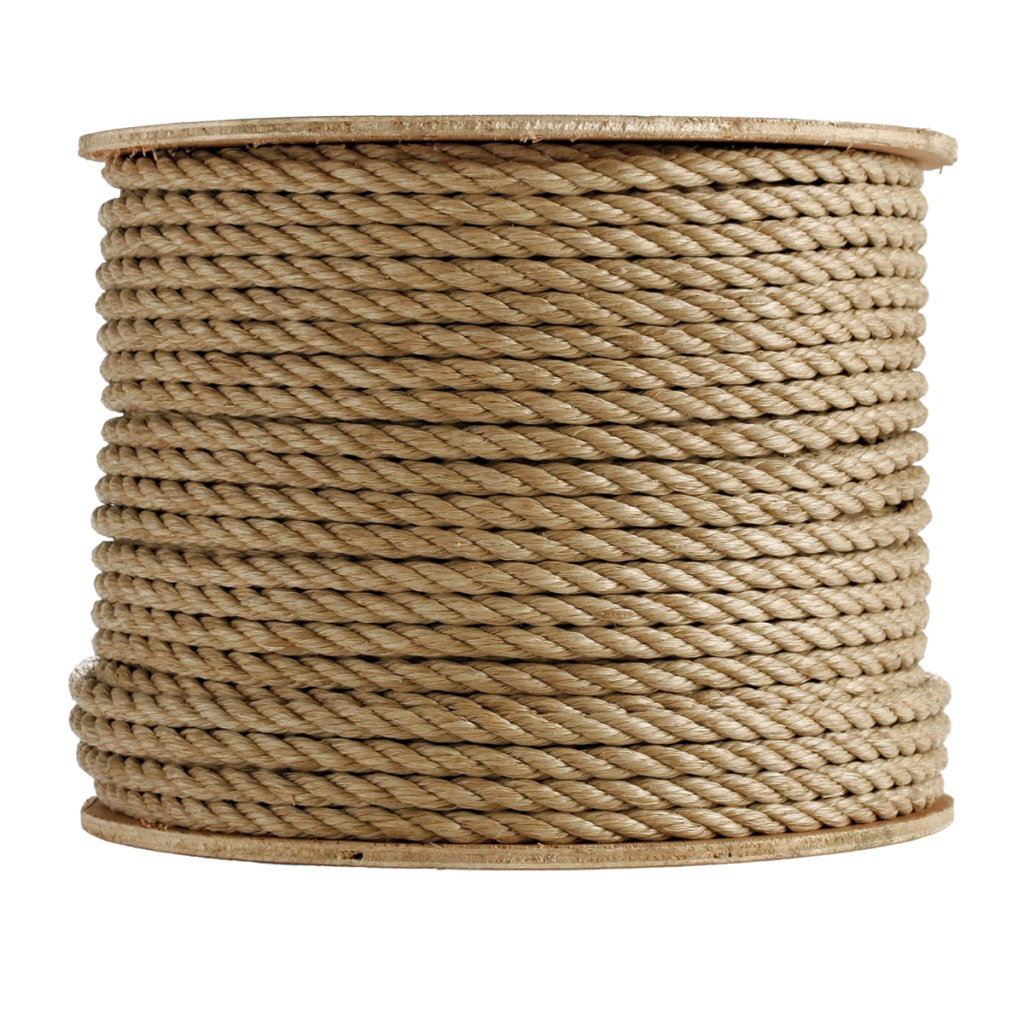
What Is Manila Rope?
Manila rope is manufactured from the fibers of the abacá plant (Musa textilis), a species of banana native to the Philippines. Abacá is one of the strongest natural fibers available and is highly valued for its exceptional durability, natural resistance to saltwater, and long fiber length.
Because it is a natural fiber rope, manila is biodegradable and has a distinct appearance and handling that synthetic ropes cannot replicate.
How Manila Rope Is Made
The process of creating manila rope combines traditional craftsmanship with modern rope-making techniques:
- Harvesting the Abacá Plant
Mature abacá stalks are cut and stripped to extract long, durable fibers. - Cleaning and Drying
The raw fibers are washed to remove impurities, then sun-dried to preserve strength and color. - Grading and Sorting
Dried fibers are carefully graded based on length, texture, and quality to ensure uniformity. - Twisting into Yarn
The fibers are spun into strong yarns using specialized machinery, creating the base strands of the rope. - Laying and Twisting
Multiple yarns are twisted together in a specific pattern—known as “laying”—to achieve the desired diameter and strength of the finished rope.
This process yields a rope that combines natural resilience with the flexibility and handling required for both industrial and decorative applications.
Key Characteristics
- Durability: Resistant to sunlight and moderate abrasion, making it suitable for outdoor use.
- Controlled Stretch: Offers a small amount of give under load, providing stability without excessive elongation.
- Superior Grip: The coarse texture provides a secure hold, even in demanding conditions.
- Natural Fiber: Eco-friendly, fully biodegradable, and renewable.
Comparative Overview: Two Manila Rope Products
| Feature | 3-Strand Natural Fiber Manila Rope | 3-Strand Tan/Manila Polypropylene Rope |
|---|---|---|
| Material | 100% abacá plant fiber | Polypropylene film with manila-like color |
| Minimum Breaking Strength | 540 lb (¼”) to 57,600 lb (3”) | 720 lb (⅜”) to 46,800 lb (2”) |
| Density | Natural weights (e.g., 4.1 lb/100 ft for ⅜”) | Lighter (e.g., 2.8 lb/100 ft for ⅜”) |
| UV/Weather Resistance | Good, but requires care | UV-stabilized, resists rot and mildew |
| Moisture Resistance | Absorbs water; may shrink & rot | Does not absorb water; suitable for wet storage |
| Appearance | Classic manila color and texture | Manila-like tan color, synthetic smooth finish |
| Cost & Weight | Industrial, nautical, decorative, where natural feel matters | Lighter and more cost-effective |
| Best Applications | Industrial, nautical, decorative, where natural feel matters | Outdoor décor, landscaping, marine use where moisture is frequent |
When to Choose Each:
- Natural Fiber Manila: If you’re looking for strength, authentic texture, and biodegradability, this is the preferred choice. Ideal for hand lines, high-visibility finishing, and sustainable-focused projects.
- Tan/Manila Polypropylene: Offers a look similar to natural manila but with the benefits of synthetic durability. Choose this for high-moisture environments, long-term outdoor exposure, or cost-sensitive applications.
Common Applications
Manila rope is valued for both its functionality and appearance, making it versatile across multiple industries:
- Marine and Nautical – Dock lines, rigging, netting, and decorative ship details.
- Construction and Industrial – Hoisting, lifting, pulling, and securing loads.
- Landscaping and Outdoor Design – Barrier ropes, garden borders, fencing, and outdoor accents.
- Recreational and Fitness – Climbing ropes, obstacle courses, and training ropes.
- Decorative and Architectural – Rustic or nautical-themed interiors and commercial displays.
Performance Considerations
While manila rope is highly durable for a natural fiber, it does absorb water and may shrink slightly when wet. Over time, prolonged exposure to moisture can lead to rot and reduced strength. For best performance:
- Store in a dry, ventilated environment when not in use.
- Avoid continuous contact with water or damp surfaces.
- Inspect regularly for wear if used in heavy-duty or load-bearing applications.
Why Choose Erin Rope
At Erin Rope Corporation, we’ve supplied premium-grade manila rope to professionals for decades. We’ve sourced our manila rope from the same trusted supplier in the Philippines for over 20 years, ensuring the same consistent quality and performance you can trust from all of our products.
With one of the largest rope inventories in the industry, we offer manila rope in a wide range of diameters and lengths, including custom-cut and bulk options. Our team brings decades of product knowledge and expertise to help you find the right solution for the job.

